Varicap Diode: Unleashing Variable Capacitance for Tuning Circuits
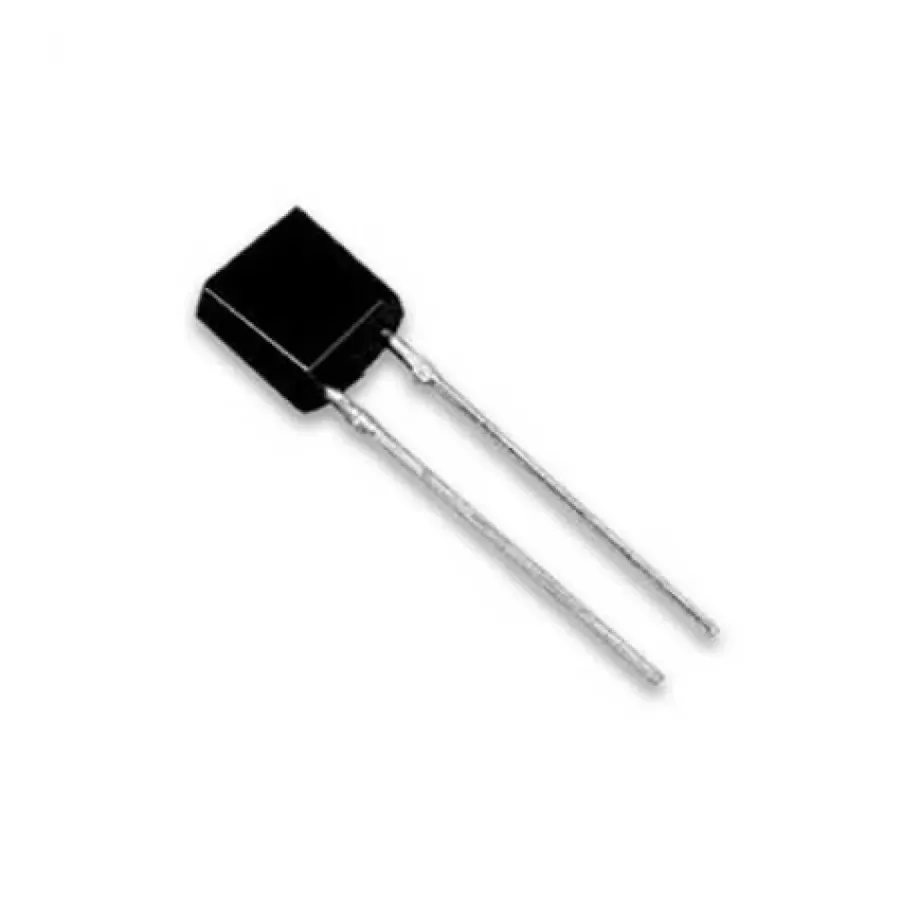
In the realm of modern electronics, where precision and adaptability are paramount, the varicap diode emerges as a versatile component. Imagine a device that can change its capacitance simply by varying an applied voltage - this is the essence of the varicap, or varactor, diode. From tuning your car radio to enabling sophisticated communication systems, this seemingly simple semiconductor device plays a crucial role, manipulating capacitance like a finely tuned dial. This article will demystify the varicap diode, exploring its inner workings, diverse applications, and why it's a staple in modern circuit design. We will also dive into its characteristics and how it compares to other types of diodes.
Understanding the Basics of a Varicap Diode

Varicap diodes, also known as varactor diodes, are semiconductor devices engineered to exhibit a variable capacitance that is controlled by the reverse bias voltage applied across their terminals. At its core, a varicap diode leverages the properties of a PN junction to achieve this variable capacitance.
The fundamental structure of a varicap diode is based on a PN junction, which is a boundary between two types of semiconductor materials: P-type (with an excess of holes) and N-type (with an excess of electrons). At the junction, these charge carriers diffuse across the boundary, creating an area devoid of free charge carriers known as the depletion region, or depletion layer. The width of this depletion region is critical, as it determines the capacitance of the diode. Under reverse bias conditions, the depletion region widens, acting as the dielectric of a capacitor, the P and N regions act as the plates, and the depletion region's width becomes the distance between the capacitor plates.
Applying a reverse bias voltage (negative voltage to the P-side and positive voltage to the N-side) to a varicap diode increases the width of the depletion region and reduces the capacitance of the diode, and reducing the reverse bias voltage decreases the depletion region width, and increases capacitance. The change in the depletion region width is directly proportional to the applied reverse bias voltage, thus allowing precise control of the diode's capacitance. This effect is what makes varicap diodes so valuable in tuning circuits.
Varicap Diode Working Principle: How Capacitance Changes
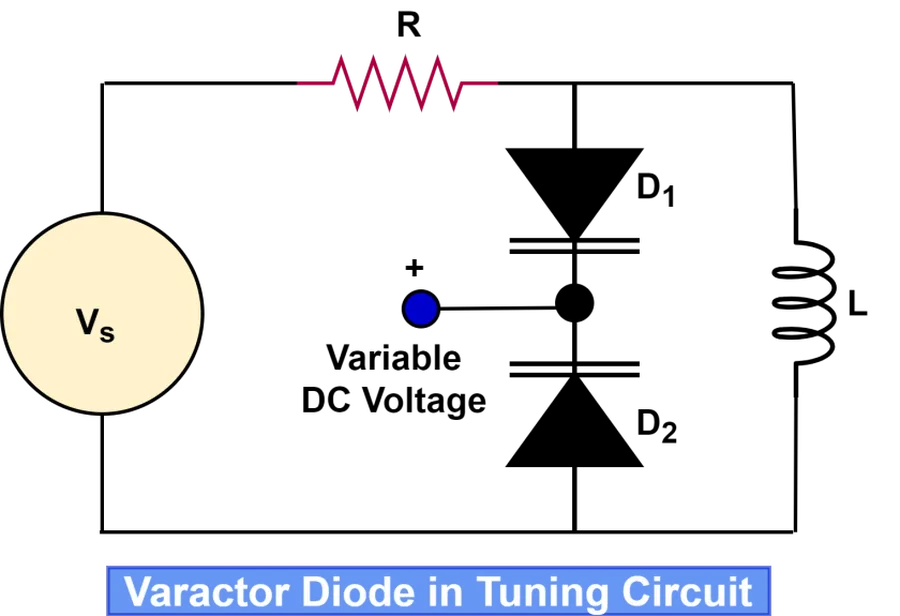
The operational principle of a varicap diode hinges on the modulation of its internal capacitance by an applied reverse bias voltage. This unique characteristic arises from the behavior of the depletion region at the PN junction, which acts as the dielectric of a capacitor, and whose width is directly influenced by the reverse bias voltage.
The key to understanding a varicap diode lies in the manipulation of its depletion region. This region, devoid of mobile charge carriers, forms at the junction between the P-type and N-type semiconductor materials. When a reverse bias is applied, it effectively widens the depletion region. Conversely, decreasing the reverse bias narrows this region. Since capacitance is inversely proportional to the distance between capacitor plates (in this case, the depletion region width), altering this width leads to a direct modulation of the diode's capacitance.
The relationship between the applied reverse voltage and the capacitance is not linear, but rather follows a power-law relationship described by the formula C ∝ V^(-n), where C is the capacitance, V is the reverse voltage, and 'n' is a constant that depends on the doping profile of the diode. This non-linear relationship is critical to its functionality, allowing for a controlled change in capacitance over a specific voltage range. Typically 'n' ranges from 0.3 to 0.5.
| Parameter | Description | Effect on Capacitance |
|---|---|---|
| Reverse Voltage Increase | Increased reverse bias voltage applied to the diode. | Depletion region widens; capacitance decreases. |
| Reverse Voltage Decrease | Decreased reverse bias voltage applied to the diode. | Depletion region narrows; capacitance increases. |
| Depletion Region Width | The width of the depletion region at the PN junction. | Inversely proportional to the capacitance. |
Key Characteristics of Varicap Diodes
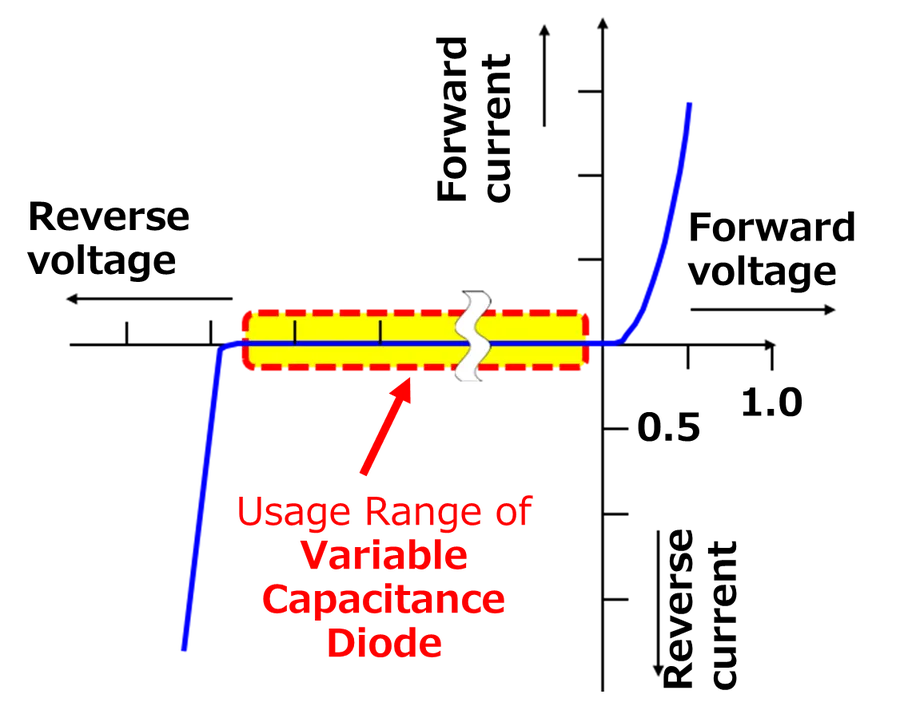
Varicap diodes, also known as varactor diodes, are characterized by their voltage-dependent capacitance, a feature that makes them indispensable in various tuning and frequency control applications. Understanding their key electrical parameters is crucial for effective circuit design and component selection. These parameters include capacitance range, tuning ratio, and quality factor (Q).
| Characteristic | Description | Importance in Application |
|---|---|---|
| Capacitance Range | The range of capacitance values achievable by varying the reverse bias voltage. | Determines the tuning range of the circuit. A wider range allows for a greater adjustment of frequency. |
| Tuning Ratio | The ratio between the maximum and minimum capacitance of the diode, typically expressed as Cmax/Cmin. | A higher tuning ratio enables a wider range of frequency adjustment. |
| Quality Factor (Q) | A measure of the diode's energy loss, indicating its efficiency as a capacitor. Higher Q values imply lower losses. | Critical for low-noise and high-performance circuits. Lower Q results in higher losses and reduced performance. |
| Reverse Leakage Current | The current that flows through the diode when it is reverse biased. | Should be minimized as it can affect the stability of the circuit, particularly at high frequencies. High leakage current indicates a lossy diode. |
| Temperature Coefficient | How capacitance changes with temperature. | Important in environments with temperature variation. Affects the stability and predictable performance of the circuit. |
| Breakdown Voltage | The reverse voltage at which the diode starts to conduct significantly. | Must be higher than the maximum reverse bias voltage applied in the circuit to prevent diode damage. |
When selecting a varicap diode for a specific application, carefully consider these characteristics based on the specific circuit requirements. The trade-offs between capacitance range, tuning ratio, Q factor, and temperature stability will significantly affect the performance and reliability of the design.
Varicap Diode Symbols and Circuit Representations
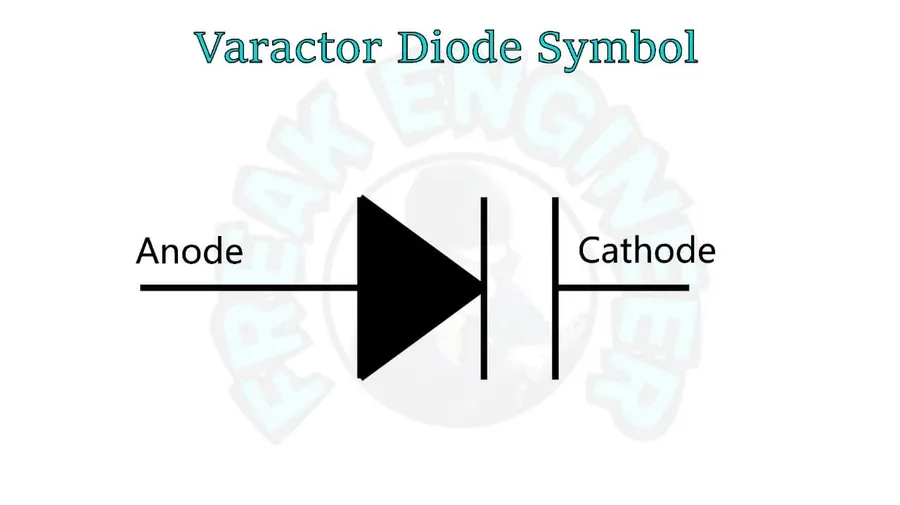
Understanding the schematic symbols for varicap diodes is crucial for accurately interpreting and designing electronic circuits. These symbols, while often similar to standard diode symbols, incorporate unique features to indicate their variable capacitance behavior. This section delineates the commonly used symbols and their representation in circuit diagrams.
- Standard Varicap Diode Symbol
The most common symbol for a varicap diode resembles a standard diode symbol (a triangle pointing towards a line) with an added capacitor symbol adjacent to the line. This combination signifies that the diode's capacitance varies with the applied reverse voltage. - Alternative Varicap Diode Symbol
Another representation uses the standard diode symbol but incorporates two short parallel lines attached to the line part of the diode symbol, resembling a capacitor. This symbol is also widely recognized in circuit diagrams. - Symbol variations
Variations may exist where the capacitor symbol is drawn with curved lines, or the diode is represented by an arrow and vertical bar. Such variations maintain the core concept that the device acts as a voltage-controlled capacitor. The precise design of the symbol can vary depending on the diagram conventions followed by different industries or institutions.
It is essential to note that while the symbols may vary in their specifics, they all convey the same fundamental property: the varicap diode's capacitance is dependent on the applied voltage. When interpreting circuit schematics, always check the legend or component list to confirm the symbol's meaning and ensure clarity in design interpretations.
Varicap Diode Applications: Where They Shine
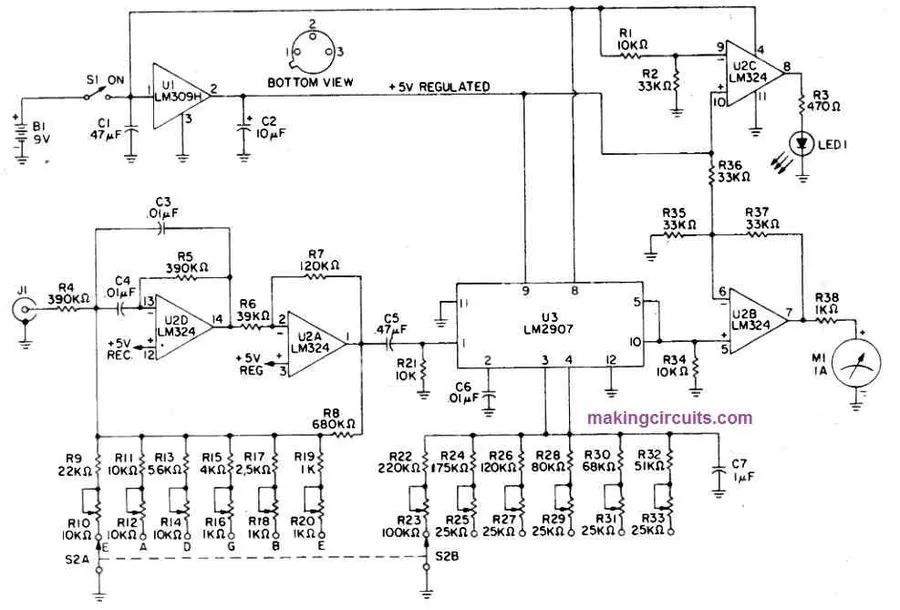
Varicap diodes, with their voltage-dependent capacitance, are indispensable in numerous electronic applications, particularly those requiring precise and adjustable tuning. Their ability to function as voltage-controlled capacitors makes them essential in RF and signal processing circuits.
- Frequency Tuning in Radio and Television Receivers
Varicap diodes are fundamental components in the tuning circuits of radio and television receivers. By changing the reverse bias voltage, the capacitance of the diode alters, which shifts the resonant frequency of the tuned circuit. This allows for seamless channel selection and frequency adjustment. The precise control over capacitance provides fine-tuning capabilities, reducing interference and improving signal quality. - Voltage-Controlled Oscillators (VCOs)
In VCOs, varicap diodes are key to adjusting the oscillation frequency. The variable capacitance influences the timing of the oscillator, and by modulating the reverse bias, a wide range of oscillation frequencies can be generated. This capability is vital for frequency synthesis and phase-locked loop (PLL) applications. The linear relationship between control voltage and frequency makes varicap-based VCOs easily controllable and predictable. - Electronic Filters
Varicap diodes enable the creation of tunable filters where the passband or stopband frequency can be adjusted electronically. This adaptability is used in both analog and digital filtering applications to suppress unwanted signals and improve signal processing efficiency. The ability to dynamically change filter parameters allows for a high level of circuit versatility and performance optimization. - Automatic Frequency Control (AFC)
In AFC circuits, varicap diodes are used to compensate for drifts in oscillator frequency. They adjust the oscillator's frequency to remain synchronized with a reference, essential for maintaining signal quality and stability. The precision and responsiveness of varicap diodes contribute to accurate and reliable frequency locking. - Impedance Matching
Varicap diodes can be used in adjustable impedance matching networks. By changing the diode capacitance, they help in efficiently transferring power from a source to a load under varying conditions. This results in a more robust and efficient system performance over a broader range of frequencies.
Varicap vs. Varactor: Is There a Difference?
The terms 'varicap' and 'varactor' are often used interchangeably within the electronics field, referring to a semiconductor diode whose capacitance varies with the reverse voltage applied across its terminals. In essence, they describe the same device, which functions as a voltage-controlled variable capacitor.
While some older literature might attempt to differentiate them, modern usage generally considers them synonymous. There is no practical distinction in terms of physical structure, operational principle, or typical applications; both terms refer to diodes designed to exploit the variable capacitance of their PN junction's depletion region under varying reverse bias conditions. Therefore, whether one calls it a varicap or a varactor, they are talking about the same component.
Varicap Diodes in Modern RF Design
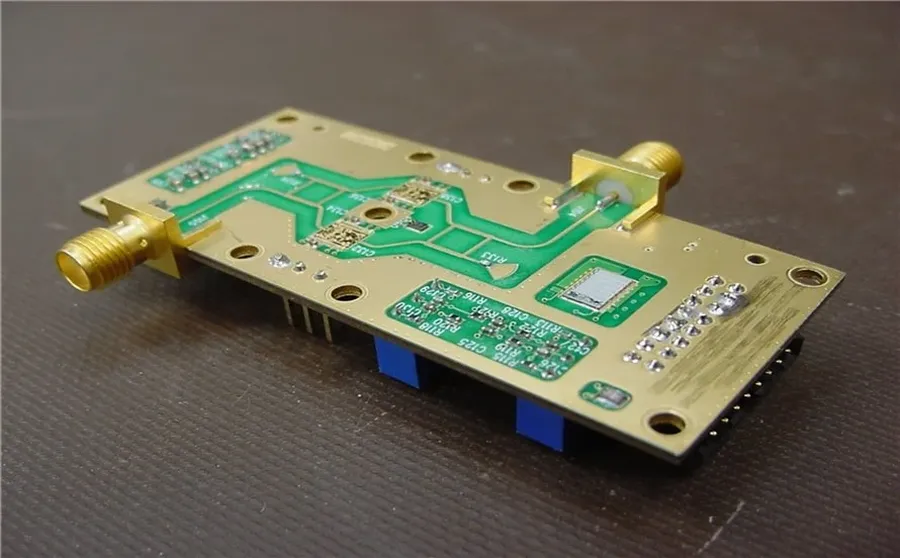
Varicap diodes are indispensable components in modern Radio Frequency (RF) design, providing precise and electrically controllable capacitance crucial for advanced communication systems. Their ability to vary capacitance with applied voltage enables sophisticated tuning, impedance matching, and frequency control, making them essential for high-performance RF circuits.
- Impedance Matching:
Varicap diodes facilitate dynamic impedance matching in RF circuits, ensuring maximum power transfer and minimizing signal reflection. This is vital for optimizing signal quality and efficiency, particularly in systems with variable antenna loads or frequencies. By adjusting the diode's capacitance, the impedance of the circuit can be tuned to match the source and load impedances, which is crucial for antenna matching networks, amplifier circuits, and receiver front ends. - Phase-Locked Loops (PLLs):
In PLLs, varicap diodes are critical in voltage-controlled oscillators (VCOs), allowing for precise frequency adjustments. The diode's capacitance is the tuning element in the VCO and the frequency output is directly proportional to the applied reverse bias voltage. This allows for stable and frequency-agile synthesizers used in all kinds of modern radio and communication systems. The accuracy and speed of the varactor control the PLL's overall stability and performance. - Frequency Tuning:
Varicap diodes are widely employed in tunable filters, resonant circuits, and oscillators, providing the capability to adjust the circuit's resonant frequency, which is fundamental for dynamic frequency selection in mobile communications and test equipment. - Agile Communication Systems:
The ability of varicap diodes to swiftly adjust capacitance permits the creation of adaptable RF front-end modules capable of functioning across multiple frequencies and communication standards. This agility is key to supporting various modes and protocols without significant hardware changes.
The integration of varicap diodes into advanced circuit designs has been facilitated by the development of highly linear and low-loss diodes. These modern devices offer lower series resistance and higher Q values, enabling more precise control over RF signals and lower signal losses and improved power efficiency in modern designs. Additionally, improvements in manufacturing processes have made varicap diodes more compact and reliable, which is highly important for high-density, miniaturized devices.
Frequently Asked Questions About Varicap Diodes
This section addresses common questions regarding varicap diodes, providing clarity on their limitations, selection criteria, and how they compare to other diode types. These frequently asked questions (FAQs) are designed to offer practical insights for engineers and enthusiasts working with these versatile components.
- What exactly is a varicap diode?
A varicap diode, also known as a varactor diode, is a semiconductor device that exhibits a variable capacitance. This capacitance is controlled by the reverse bias voltage applied across its PN junction. As the reverse bias voltage increases, the depletion region widens, decreasing the junction capacitance. - What are the primary disadvantages of using varicap diodes?
Varicap diodes have a few limitations, including: Sensitivity to temperature variations, which can affect their capacitance. Non-linearity in the capacitance-voltage relationship, requiring careful calibration in some applications. Relatively low quality factor (Q) compared to other capacitor types which can introduce losses in high-frequency circuits. And their capacitance changes are not as large as other variable capacitors. - How does a varicap diode differ from a regular diode?
A standard diode is primarily designed for rectification, allowing current to flow in one direction. In contrast, a varicap diode is optimized for its variable capacitance property, which is exploited by operating it in the reverse bias region where minimal current flows, while the capacitance changes as the reverse bias voltage changes. - Are 'varicap' and 'varactor' diodes truly different devices?
No, the terms 'varicap' and 'varactor' diode are essentially interchangeable. Both refer to the same type of semiconductor device that exhibits voltage-dependent capacitance. The name 'varicap' is a shortened form of 'variable capacitor'. - Which type of diode can function as a variable capacitor?
The varicap diode is specifically designed to act as a voltage-controlled variable capacitor. While all PN junction diodes exhibit some capacitance, the structure and doping of a varicap are optimized to maximize the capacitance variation with applied voltage. - What parameters should I consider when choosing a varicap diode?
Key parameters include: capacitance range, tuning ratio (the ratio of maximum to minimum capacitance), quality factor (Q), reverse voltage rating, and temperature coefficient of capacitance. The intended operating frequency and the desired tuning range of the application will dictate the specifications. - How do you bias a varicap diode in a circuit?
Varicap diodes are always used under reverse bias, because the forward bias will destroy the device. Reverse bias is applied to the varicap to vary the size of the depletion region of the diode. This is typically done via a DC source and the reverse bias voltage applied will alter the device's capacitance. It is essential to keep the reverse current as low as possible and that the reverse voltage not exceed its rated maximum.
Practical Considerations for Using Varicap Diodes
Successfully integrating varicap diodes into circuit designs requires careful consideration of several practical factors. These include impedance matching to maximize power transfer, the precise selection of bias voltage to achieve the desired capacitance, and accounting for thermal effects which can alter performance.
- Impedance Matching
To ensure maximum power transfer and minimize signal reflections, the impedance of the varicap diode circuit must be matched to the source and load impedances. This often involves the use of matching networks using inductors and capacitors. A mismatch can reduce signal strength and introduce unwanted noise. Varicap diodes are particularly susceptible to impedance mismatches due to their variable capacitance. - Bias Voltage Selection
The capacitance of a varicap diode is directly controlled by the applied reverse bias voltage. A stable and precise bias voltage is critical for predictable performance. The selection of bias voltage must take into account the desired capacitance range, linearity and temperature stability for the specific application. Poor voltage regulation can lead to unwanted frequency drift in tuning applications. - Thermal Stability
The temperature of a varicap diode can affect its capacitance, due to the temperature dependence of the semiconductor material's properties. For temperature sensitive applications, bias voltage should be actively compensated to ensure constant performance over the operational temperature range. Proper thermal management of the device, may involve heat sinks or forced cooling to maintain a stable operating temperature. In addition, the datasheets usually include temperature coefficients for capacitance. - Linearity and Tuning Range
Varicap diodes exhibit non-linear capacitance changes with voltage. Carefully selecting the operating range to ensure adequate linearity is critical for low distortion applications. The device's tuning ratio, which is the ratio of maximum to minimum capacitance, should be matched to the circuit requirements and the tuning voltage range should be carefully evaluated. - Reverse Leakage Current
The reverse leakage current of the varicap diode affects its performance, especially at high temperatures. This current contributes to unwanted power loss. When designing the biasing circuit it's important to use high-impedance biasing network to minimise the shunting effect of the bias circuit.
In conclusion, the varicap diode is a testament to the ingenuity of semiconductor technology, providing a means of electronically controlling capacitance. From tuning radios to enabling intricate communication systems, the varicap's versatility and precision make it an indispensable component in modern electronic design. Understanding its principles, characteristics, and diverse applications not only showcases the intricacies of semiconductor physics but also empowers engineers and enthusiasts alike to implement sophisticated solutions. The varicap diode's ability to vary capacitance via voltage is not merely a technical curiosity; it is the foundation upon which much of our modern communication and electronic landscape is built, a tiny component with a very large impact.
 AnyPCBA
AnyPCBA